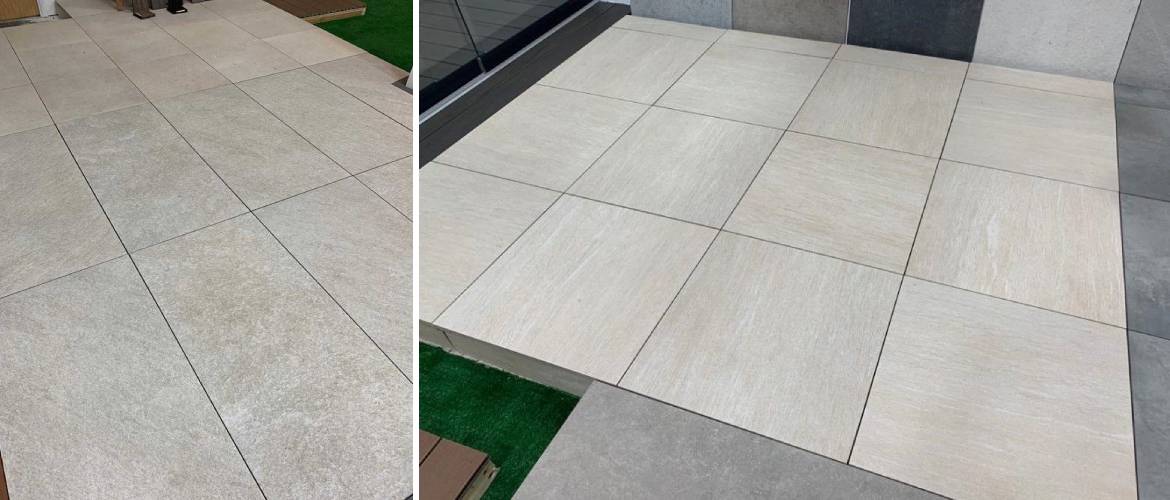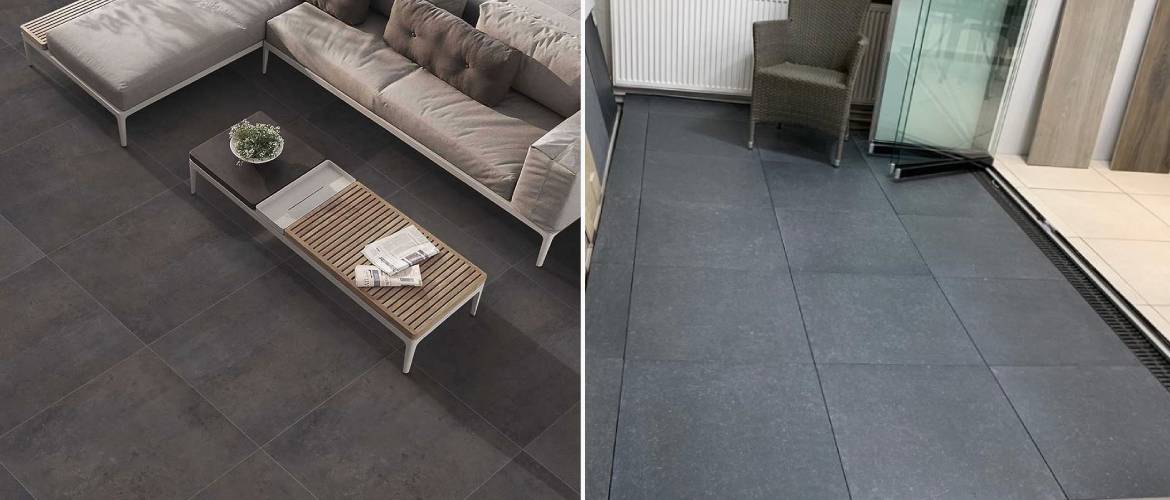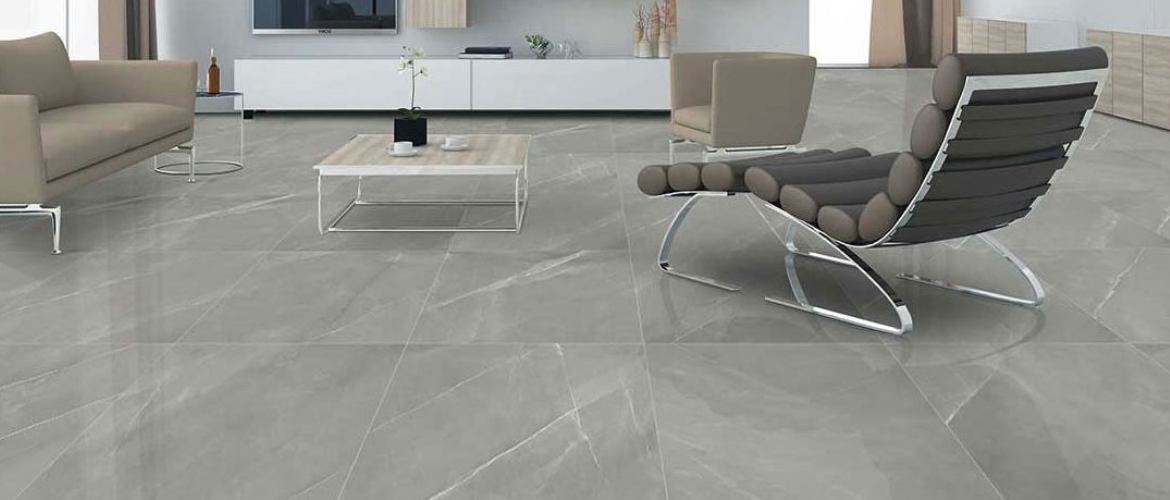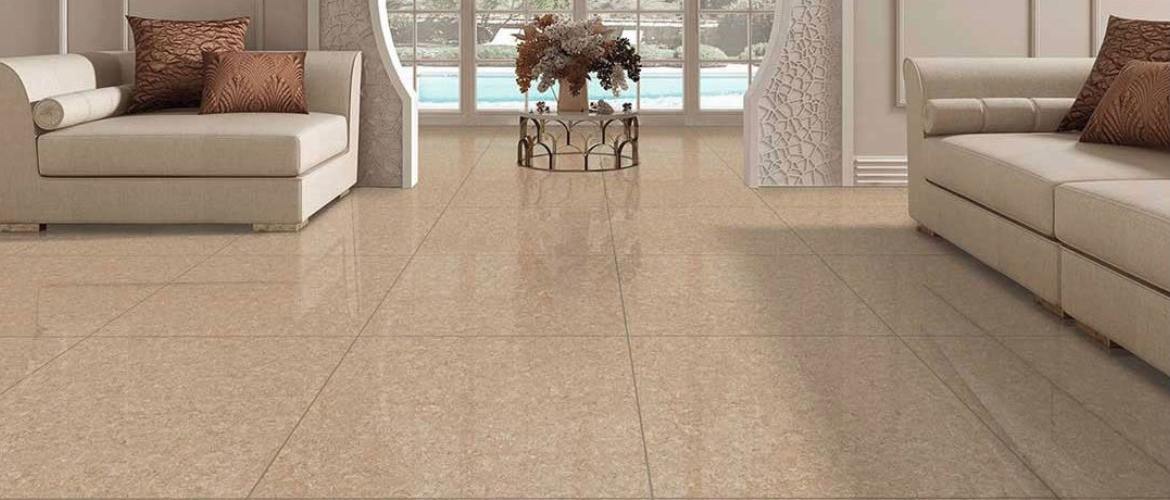Tile Talk: Understand the Different Types of Tiles & Choose the Best for your Home
Building your dream home is both an exciting and overwhelming task. You're sure to be excited about designing the interiors of your dream abode. At the same time – the entire process can feel overwhelming, exhausting and at times, make you feel like you want to throw in the towel. We can assure you that it's very typical – and almost all homeowners go through a roller coaster of emotions as they work with interior designers, architects to build their dream home.
We believe that you can eliminate the majority of frustrations in the design process – by being aware. Understanding the different types of materials can help you feel empowered and make the right decisions.
In this guide, we teach you tile talk. We list out the different types of tiles available on the Indian market – highlight the features, pros, and cons – so that you can make the right decision when it comes to choosing the best tiles for each area in your home.
Popular Types of Flooring Tiles Available in India
1. Ceramic Tiles

Ceramic tiles are age-old tiles and have been around for centuries. They are fired in a kiln and are available in an endless variety of shades and patterns. The Moroccan Tiles and Karaikudi Tiles are famous examples of ceramic tiles. Of late, these tiles are also available in contemporary patterns like ceramic porcelain hexagon tiles, round tiles, triangle tiles, and more.
They are:
- Stain-resistant
- Scratch-resistant
They are used for:
- Wall cladding and wall decor
- Flooring
- Kitchen backsplashes
Here are a few do's and don'ts to keep in mind while using ceramic tiles:
- The grouts (the line between two adjacent tiles) require regular cleaning.
- You can clean it quickly, using just soap and water.
- Wipe dry the tiles with a soft cloth, as leaving water on it for a long time can lead to permanent stains.
- Do not use harsh cleaners (acids) to clean ceramic tiles as it can damage the tile surface.
2. Porcelain Tiles

Next to ceramic tiles, porcelain tiles are another popular tile that has been around for centuries. They are made using a mixture of clay, feldspar, and sand and baked at higher temperatures than ceramic tiles.
They are:
- Stain-resistant
- Scratch-resistant
- Non-porous
They are used for:
- Wall cladding and wall decor
- Flooring
- Kitchen backsplashes
- Outdoor walkways and pathways
Here are a few do's and don'ts to keep in mind while using ceramic tiles:
- The cleaning and maintenance of porcelain tiles are the same as ceramic tiles. However, the one significant difference is that porcelain tiles are sturdier than ceramic tiles and require less maintenance.
Expert Talk: What’s the main difference between ceramic and porcelain tiles?
The significant difference is that ceramic tiles are available in endless varieties and choices, while porcelain tiles have limited designs. Porcelain tiles are baked at higher temperatures and hence are more robust and non-porous. Ceramic tiles are generally used indoors, while porcelain tiles work well for both indoor and outdoor spaces.
3. Vitrified Tiles

These are the most popular and widely used tiles in India. They are similar to ceramic tiles but include silica. During vitrification, the clay and silica used in the tile mixture melt and blend together. This creates a glass-like finish inside each tile. As a result, vitrified tiles retain their shine and lustre even after several years.
They are:
- Low-porosity, thereby making them stain resistant.
- Water-resistant
- Available in a variety of finishes like anti-skid coating
- They are durable and can withstand everyday wear and tear.
- Easy to install
- Budget-friendly
They are used for:
- Indoor and outdoor flooring
- Bathroom flooring and walls
- Kitchen backsplash
Here are a few do's and don'ts to keep in mind while using vitrified tiles:
- They require minimal maintenance. Regular sweeping, dusting and wet mopping is enough to keep them shining.
- Do not use harsh and abrasive cleaners as it can damage the surface of these tiles.
Types of Vitrified Tiles
Vitrified tiles can be classified into the following categories:
1. Glazed Vitrified Tiles

Shortly known as GVT, these tiles are manufactured using digital technologies. Thanks to modern printing technology, these tiles are available in endless patterns. They can also replicate the designs of other materials like wood, marble, granite, bamboo, etc.
The layer of glaze on GVT is less than 1 millimetre, making it suitable for areas with low to medium traffic. GVT is further classified into two types:
- Soluble Salt tiles – These are the most budget-friendly vitrified tiles available on the market. As the name implies, these tiles use soluble salts that penetrate the tile's surface to give it a particular colour, pattern, and design. One minor drawback of these tiles is that the pattern is likely to fade away with constant wear and tear over the years.
- Nano Polished Soluble Salt Tiles – They are manufactured by adding a silica layer during the manufacturing process. The liquid silica fills the minute pores on the tile's surface, making it appear – shinier, smoother, and more polished than regular soluble salt vitrified tiles. They are easy to maintain and slip-resistant.
2. Full-body Vitrified Tiles

These tiles have a uniform colour throughout the tile. Hence the colour never fades even after years of use. They are ideal for areas with high traffic. They are slightly expensive when compared with soluble salt vitrified tiles.
The colours are added in the initial manufacturing stages, thereby producing a consistent colour throughout the tile's body.
3. Double Charged Tiles

In these tiles, there are two pigments used during manufacturing. Hence, these tiles have a dual-coloured pattern. They are easy to maintain, highly durable – making them ideal for high-traffic areas.
If you’re looking for long-lasting tiles at affordable prices, then you cannot go wrong with double charged vitrified tiles.
Wrapping Up
Hope this gives you a clear picture of the different types of tiles available on the Indian market. If you need any further assistance in selecting the best tiles for your home, then just give us a ring. We can help you find the right tiles for your needs.
Download our Catalogue and choose from an extensive range of tiles for your dream project.






